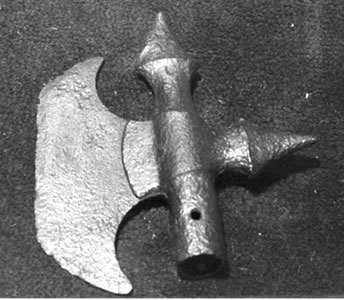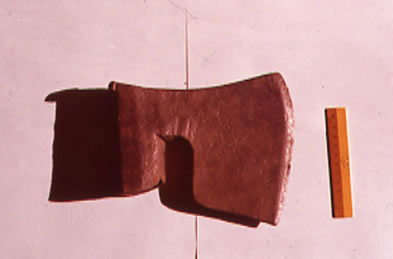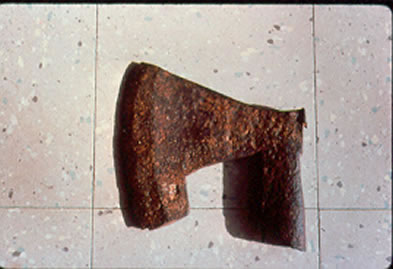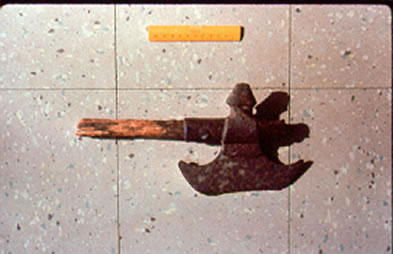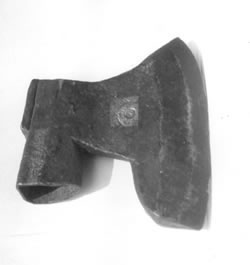The Kensington Rune Stone
In 1898 a stone was found by a Swedish immigrant on his farm near the small village of Kensington, Minnesota. The stone, a small block of a hard sandstone, greywacke, lay clasped in the roots of a young aspen tree. On two of its sides was an inscription in Swedish written in runes telling of how 8 Swedes [‘Goths’] and 22 Norwegians on an exploration journey 14 days west of Vinland had met with disaster. While some men were away fishing, 10 of the others had been killed. The date of this tragedy was 1362.
The finding of the stone caused quite a sensation. It was sent to the Department of Germanic Languages at Northwestern University in Chicago for study, and copies of the inscription were mailed to runic experts in Scandinavia. All agreed that both language and runes were modern, not from the 1360s and the stone a sophisticated hoax. There the matter rested until 1908, when a Norwegian-born resident of Wisconsin by the name of Hjalmar Holand declared the inscription genuine and the experts wrong. Thus began a debate that is still very much alive. It is now up to you to look at the runes and see in which century you think they fit best.
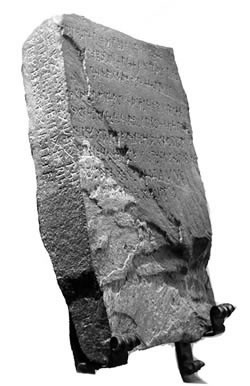
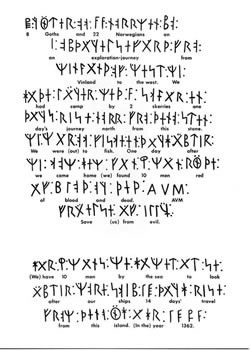
Mysterious Axes
These axes are said to be Norse relics lost by the expedition described in the Kensington stone inscription.
